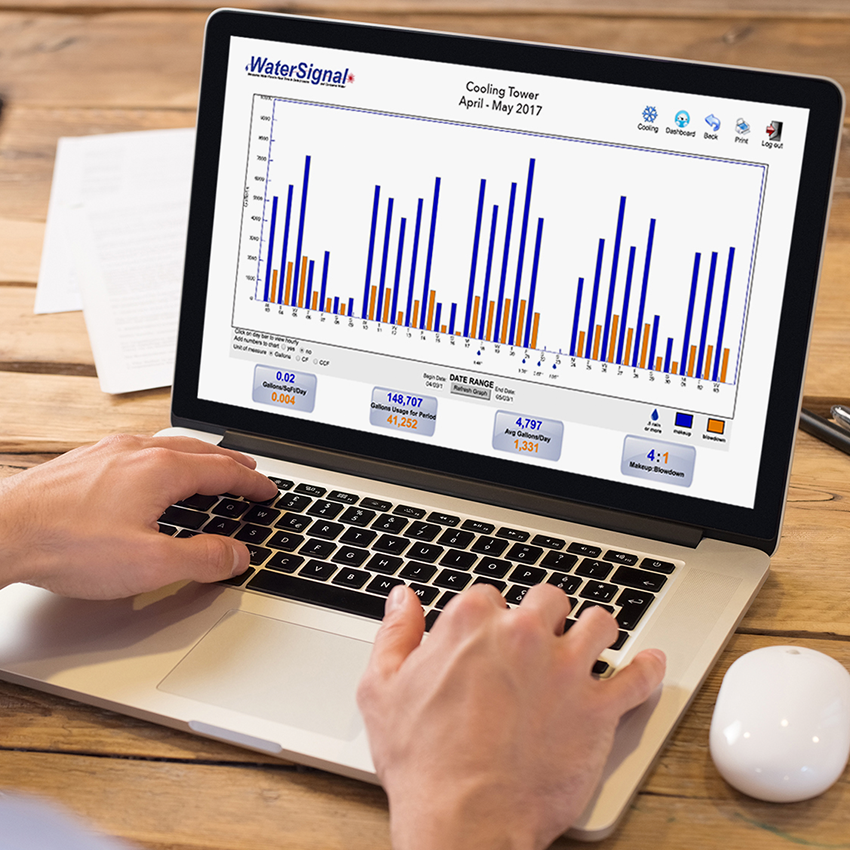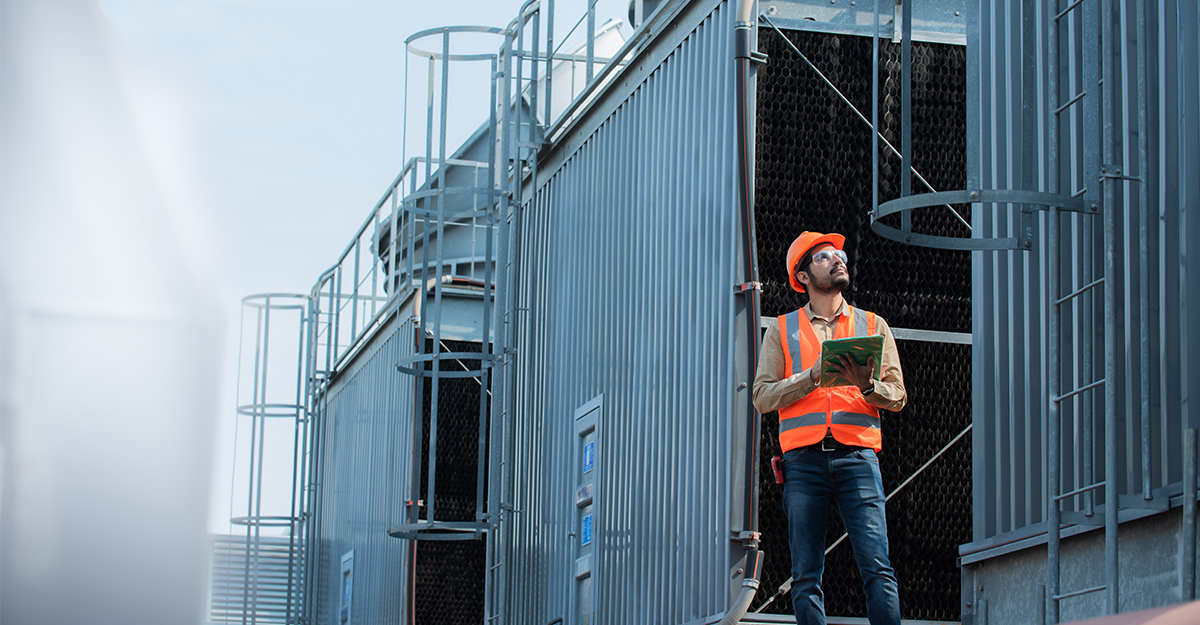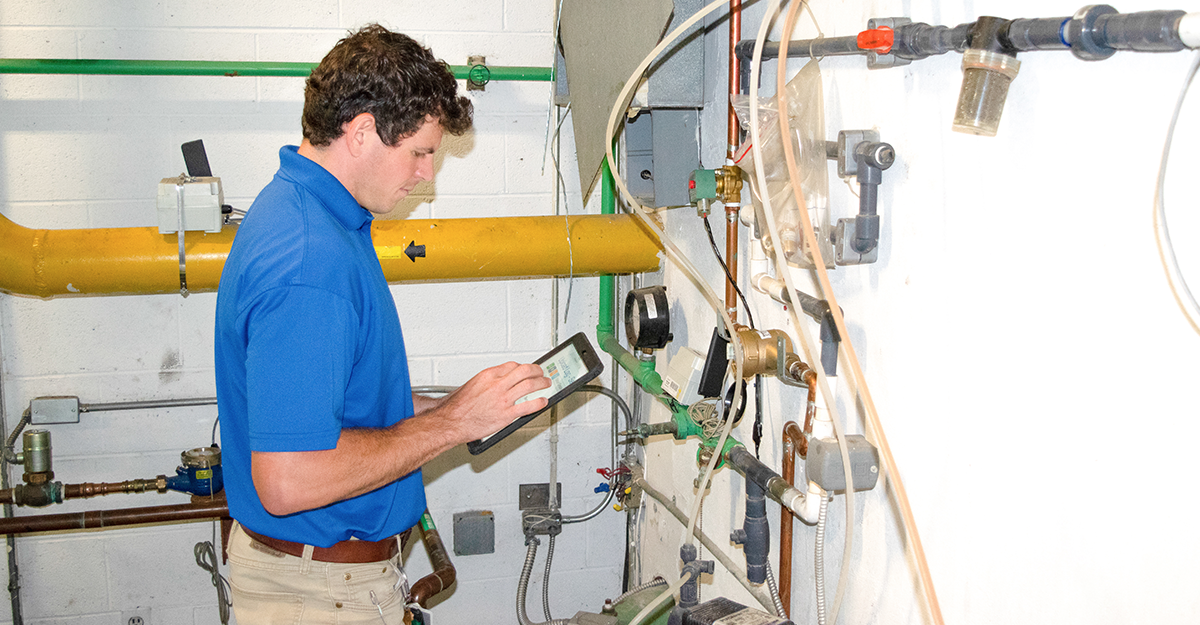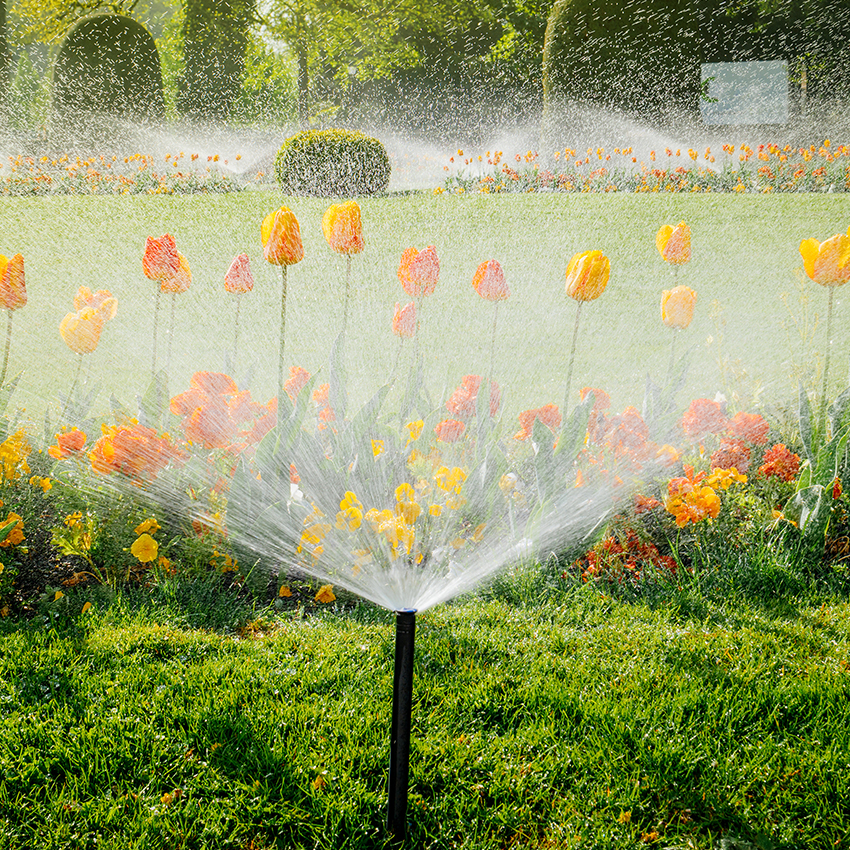Before the advent of water meters, there were simply connections, and people took as much from a water source as they needed.
As more and more people connected their home and businesses to that water source, metering became the only way to for the water utility to collect enough in revenues to add new water infrastructure and repair or replace the old.
The problem, from the utility’s point of view, was they had to hire individuals to walk around and read those meters. Once every three months. In fact, until a water utility has enough customers to keep that meter reader employed eight hours a day, 22 days a month, it’s very hard to find a meter reader.
Because of the long intervals in typical water meter reading, a customer might waste 296,000 or more gallons in a three-month interval without knowing, because of a small leak in a toilet or sink. This, sadly, is water that the utility has had to treat and deliver, but instead of going into a customer’s drinking glass, or even a bowl filled with water for a pet, it goes right down the drain.
Then came the advent of smart metering, which delivered Automatic Meter Reading (AMR) data to a central database at programmed intervals. No longer did water utilities have to try to hire someone to read meters four or five days a month. Now, the meter reader du jour, known as AMI (advanced metering infrastructure) collects data from a company’s or water utility’s Smart Meters and files that information into a dataset that can be used for many purposes.
Enter WaterSignal, an electronic sentry with remote communication capacity that attaches to existing water meters and measures water flow in real time by discerning the oscillations of the meter.
Once the data has been imported, building managers and owners can use it to evaluate building water usage by type (i.e., toilets, water fountains, landscaping) and decide if upgrades will cost more than the water they might save.
Not only can WaterSignal provide the numbers by which owners and managers draft long-range water conservation plans, but it has remote communications potential that delivers real time water use figures instantly to a central location.
More important, WaterSignal works in all kinds of enterprises, from multifamily and senior living, to commercial buildings and cooling systems. It is also an invaluable asset for residential, medical facilities, schools and colleges.
One of the most beneficial aspects of WaterSignal is that it can send an alert when it recognizes what owners and managers would interpret as significantly increased water use.
Water conservation is a critical issue in today’s world, which is why it’s the duty of property owners to be smart about how they’re conserving water. For more information, contact us today.




